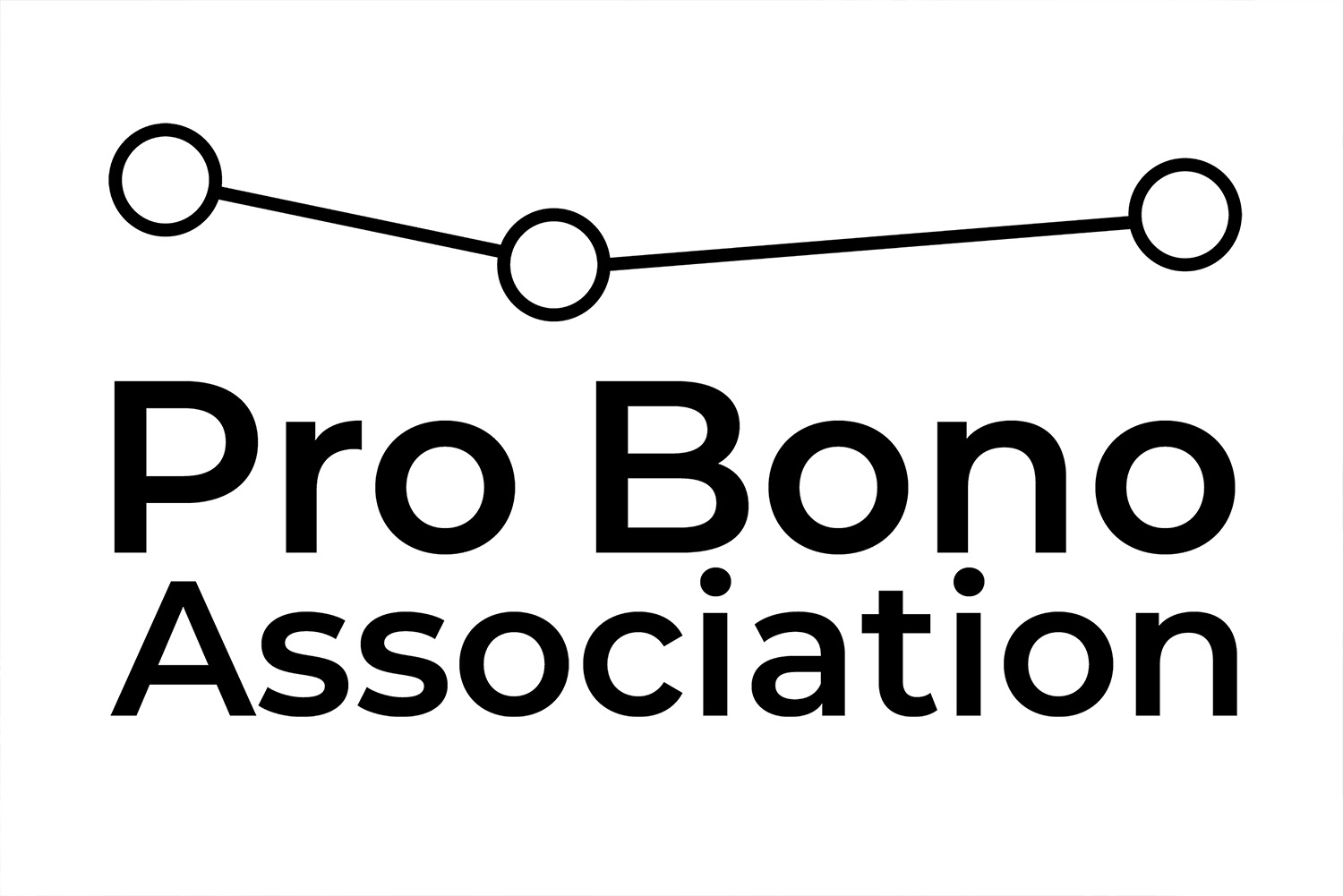
A recurring subject that has come up in several of the Delivery Team’s recent projects is how charities can make the most of their partnership opportunities. In this blog, I explore ways to revitalise your existing corporate contact list and start building more fruitful, mutually beneficial partnerships.
Consider not only what businesses can do for you, but what you can do for them!
Many charities spend a lot of time and effort on partnership outreach that focuses on what businesses can do for them, without fully considering the benefits that a charity can provide an organisation.
Think Corporate Social Responsibility (CSR), Environmental, Social, Governance (ESG) and Diversity, Equity and Inclusion (DEI).
Whilst financial donations and volunteer support from corporate partners can make a wonderful difference for charities, it is important to also consider how your charity can support a business' wider organisational objectives as a way to create meaningful, impactful engagements.
Understanding the differences between CSR, ESG, and DEI
The private sector continues to be committed to, and held accountable for its CSR. Businesses seek to demonstrate they are taking social impact seriously, with resources, budgets (and sometimes even departments) tasked with putting a CSR strategy in place. This includes activities such as buying sustainable products for the workplace and enabling staff to contribute to charitable projects. Impactful CSR not only looks good for businesses externally, but also supports staff retention as employees feel pride in working for an organisation that does its bit to do good.
ESG is a newer term, and is a type of organisational reporting that looks at the environmental impact of a business’ operations, the social infrastructure within the organisation (such as health & safety, wellbeing, culture), and the ethics and practices of the organisation’s leadership. ESG factors can be measurable and publicly available, providing external transparency. Organisations will also be aware of the UN initiative to drive awareness of the Sustainable Development Goals, (SDGs) which is closely tied into ESG.
DEI, is another prominent focus, not just for the private sector, but across all industries and sectors. Companies are being held accountable to demonstrate what policies and processes are in place to ensure staff, suppliers, clients and customers of all backgrounds feel included. DEI practice centres around the nine protected characteristics, whereby no one should be discriminated against based on age, maternity & pregnancy, marriage & civil partnership, race, disability, religion or belief, gender reassignment, expression & identity, sex, or sexual orientation. As with CSR and ESG, organisations commit time, money and staffing into developing a DEI strategy. Here at Pilotlight, as our CEO, Ed Mayo mentions, we have our own commitment to DEI that is a continuous ongoing process for us. As part of that work we have our own 2023-2024 DEI Action Plan.
With the above in mind, consider how your charity might align with a business’ CSR, ESG and DEI objectives. This could look like the following:
-
A staff development day where teams are assigned an activity that directly supports your charity (you can read about our Pilotlight staff development day with Partner Charity ClearVision Project here)
-
A business providing your product in its workplace (such as hygiene products, food and beverages, or even a charity service if applicable)
-
Offering training or consultancy around a DEI or ESG topics, such as disability awareness or carbon literacy.
Be clear on the numbers
When looking to build longer term financial partnerships with businesses, don’t fall into the trap of providing too much detail in your pitch up front. The bottom line is that businesses care about impact, and working with your charity is an efficient way to create this impact. Clearly articulate the value that their financial donation can have — this will be one of the key pieces of information they want to see first.
For example, your £2,000 donation will provide mental health support for 50 vulnerable young people for one year.
Perhaps consider three tiers of contribution options to pitch to your potential corporate partners, making it a more streamlined process when doing outreach (this means you only need one pitch document to send to both smaller organisations right up to larger businesses). This makes it much simpler for the partnership to get buy-in and sign-off, and the business clearly understands from the start the difference their support will make.
Create a partnership retention strategy
This may sound intimidating, however putting the process in place to nurture your partnerships will save you a ton of time and resource in the long run. As an example, you could:
Begin by collating a spreadsheet of past and current corporate partners/supporters.
Then, add in some additional columns:
-
Identify the time period that the partnership was in effect, for example June 2022 if it was a one-off volunteering day, or January 2021 — January 2022 if it was an annual donation partnership
-
A numerical contribution (if applicable) that the organisation provided the charity with
-
The type of partnership/support that was offered, for example volunteering, sponsorship, fundraising, in-house training
-
Create a colour-coded key to assign each partner — such as ‘green’ for current partner, ‘yellow’ for recent partner but not currently active, and ‘orange’ for previous supporter with no current relationship
-
Notes on the last contact between your charity and the partner.
Regularly update and review this document, adding in information as necessary, and keep in contact with those corporate partners and supporters. It can be really valuable to follow up with ‘thank you’ emails letting them know the direct impact their partnership has had on the charity.
This process will make it much simpler to pick up the conversation for any time-sensitive needs the charity has, such as a fundraising event or a new training offer, whilst also maintaining an ongoing birds-eye view of your partnerships mix.
Creating and maintaining successful corporate partnerships can be a powerful way for businesses and charities to achieve shared goals and make a positive impact in the world. By taking a strategic approach, understanding each other's values, and establishing clear communication channels, both parties can benefit from the partnership and maximise their outcomes. With the right tools in place, charities can unlock the full potential of their corporate partnerships and create meaningful change that benefits the communities they serve.

Free pro bono support for charities and social enterprises
Partner with our experts to do more for your world.

More tips for charity leaders
Simplified access to free support for small charities
A new initiative to make it easier for small charities to access free professional support is being launched on Friday 23 June, during Small Charity Week by 18 organisations offering skilled volunteering, all members of the UK Pro Bono Association.
Every Charity Needs: Diverse Income Streams
A secure and diverse set of income streams can look different for every organisation. As a rule of thumb, it could mean that no one income source accounts for more than 25% of an organisation’s income.
Every Charity Needs: A Supported and Challenged CEO
At Pilotlight, we advocate that a CEO is both supported and challenged by their organisations, and that this combination is crucial to the charity’s smooth running.
Creating better charity boards
Governance can be a challenge for charities. It's also often the key to the door that needs to be unlocked before a charity can get to the next stage in its development. Each board faces individual challenges, but over time, we have seen certain trends emerge when exploring the governance of an organisation.

Charity Leadership
Charity leadership goes beyond just managing an organisation. It involves fostering innovation, building relationships, and creating sustainable solutions, all underpinned and led by life-affirming values and a deep sense of purpose.


